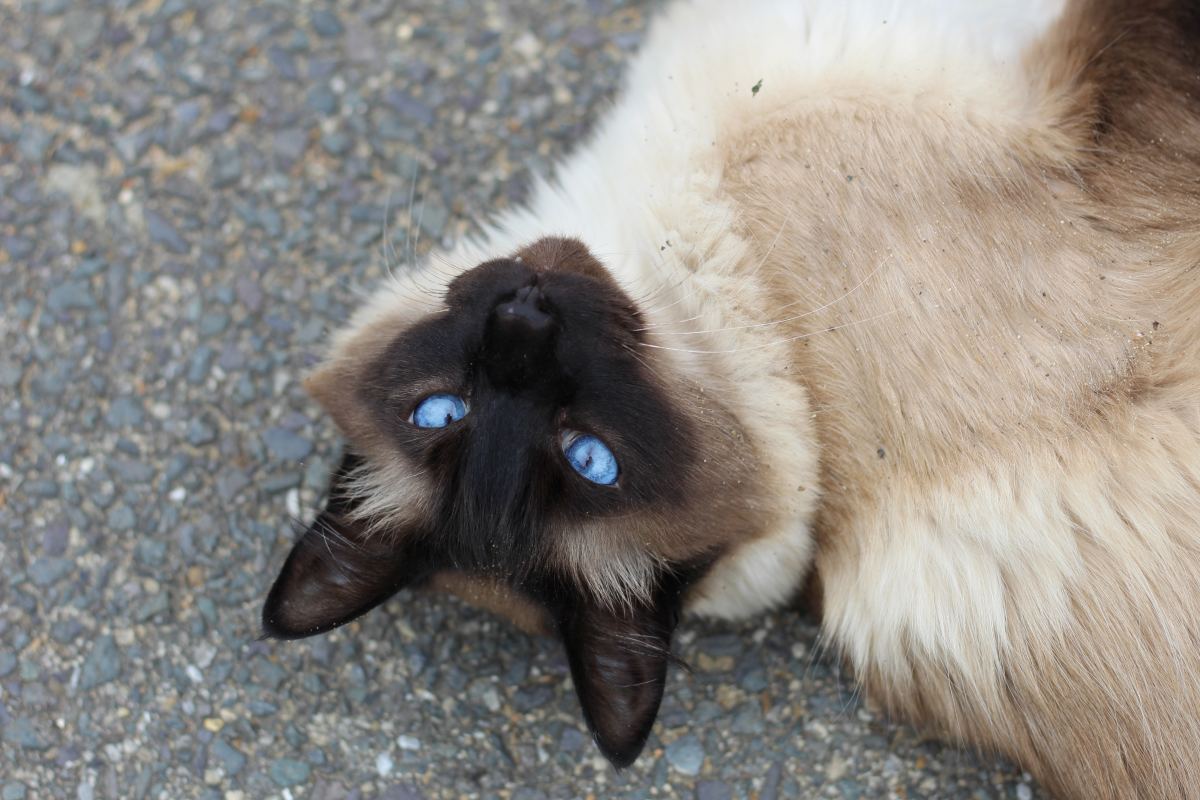Cats generally go into heat every 2-3 weeks. Female cats, known as queens, go into heat multiple times a year.
This period is characterized by behavioral changes such as increased vocalization, restlessness, and heightened affection. During this time, queens are ready to mate and can become pregnant if they are exposed to male cats. The heat cycle typically lasts for about a week.
If the queen does not mate, she may go into heat again after a few weeks. It’s important to understand your cat’s heat cycle to ensure her well-being and prevent unplanned pregnancies. Providing proper care and attention during this time can help keep your cat comfortable and minimize the behavioral changes that come with being in heat.

Credit: pethelpful.com
1. Understanding The Heat Cycle
Understanding the heat cycle of cats is crucial for pet owners. The heat cycle refers to the reproductive phase in which a female cat is fertile and ready for mating. This cycle can vary in duration, typically lasting between 7 and 10 days.
During this time, cats display various signs and behaviors to attract potential mates. These signs include increased vocalization, restlessness, and rubbing against objects or people. Female cats may also assume a mating position, raising their hindquarters and tread their back legs.
Understanding these behaviors can help pet owners determine if their cat is in heat and take appropriate measures to prevent unwanted pregnancies. By being aware of the heat cycle and its signs, cat owners can better care for their pets and make informed decisions regarding their reproductive health.
2. Frequency Of Heat Cycles
Cats go into heat multiple times a year, typically every two to three weeks. The frequency of heat cycles can vary between indoor and outdoor cats. Indoor cats may experience more frequent heat cycles due to exposure to artificial lighting and consistent temperatures.
On the other hand, outdoor cats might have seasonal heat cycles, with increased activity during spring and summer months. Factors such as breed, age, and individual cat characteristics can also influence the frequency of heat cycles. Some breeds, like Siamese and Burmese, are known for more frequent cycles.
Younger cats may experience more regular heat cycles than older cats. It’s important to be aware of these factors and understand that each cat is unique when it comes to their heat cycle patterns.
3. Heat Cycle Triggers And Duration
A cat’s heat cycle is triggered by various factors, including hormones and external stimuli. The duration of a cat’s heat cycle can vary, but it typically lasts about one week. Some cat breeds may have shorter or longer heat cycles compared to others.
It is important to note that female cats can go into heat as often as every two to three weeks during the breeding season. However, if a cat is spayed, she will no longer experience heat cycles. Understanding the triggers and duration of a cat’s heat cycle can help cat owners better care for their pets and make informed decisions about spaying or breeding.
4. Impact Of Neutering And Spaying
Neutering greatly impacts a cat’s heat cycle. The recommended age for spaying or neutering cats varies. Spaying eliminates the heat cycle altogether. Neutering reduces the intensity and frequency of a cat’s heat cycle. It also eliminates male cats’ instinct to spray and mark territory.
This procedure offers numerous benefits in relation to a cat’s heat cycles. It prevents unwanted pregnancies, reduces the risk of certain cancers, and decreases aggression and roaming behaviors. Spaying or neutering is an essential step in keeping your cat healthy and happy.
It is important to consult with your veterinarian to determine the best timing for this procedure, considering the individual needs of your feline friend.
5. Managing A Cat In Heat
Cats go into heat multiple times throughout the year, typically every three weeks. During this time, they may exhibit certain behaviors such as increased vocalization, restlessness, and spraying. Managing a cat in heat can be challenging, but there are tips that can help.
One important aspect is preventing unwanted pregnancies. Cats are prolific breeders, so spaying or neutering your cat is the best way to avoid this. It not only prevents unwanted litters but also has health benefits for your cat. Additionally, there are alternative options for managing a cat’s heat cycle.
These include medications that can suppress the heat or waiting it out until the cycle passes. Consulting with a veterinarian can help you decide the best approach for your cat. By implementing these strategies, you can effectively manage your cat in heat and ensure their well-being.
Frequently Asked Questions Of How Often Do Cats Go Into Heat
How Often Do Cats Go Into Heat?
Cats usually go into heat every two to three weeks during the breeding season, which typically occurs in spring and summer. However, some cats can go into heat as frequently as every few days, while others may only cycle every few months.
It’s important to spay your cat to prevent unwanted pregnancies and potential health issues.
Conclusion
To sum up, understanding how often cats go into heat is crucial for pet owners. By recognizing the signs and symptoms, such as yowling, increased affection, and restlessness, owners can better provide proper care and prevent any unwanted pregnancies. It is important to note that cats can go into heat as early as four months old, so spaying or neutering them at an appropriate age is recommended.
While the average length of a heat cycle is 7-10 days, this can vary among individual cats. Remember to keep your cat indoors during this time to avoid any potential risks, including injury, illness, or mating with stray cats. By staying informed and acting responsibly, you can ensure the well-being and health of your feline companion.



